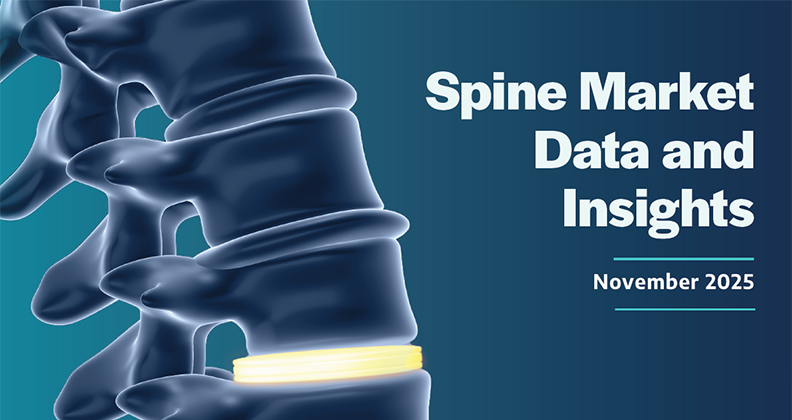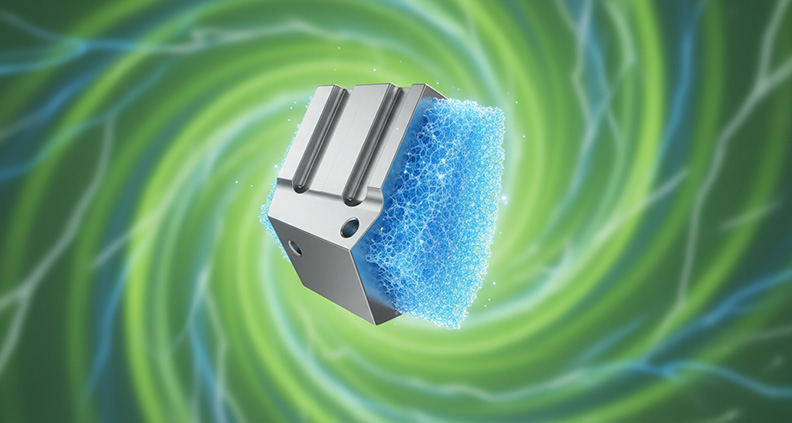

3D printing has revolutionized the production of implants for joint replacement surgery. Complex joint reconstructions often involve significant bone deformity, making implant selection challenging with off-the-shelf options.
Additive manufacturing allows for the creation of personalized implants that fit a patient’s unique anatomy. A wide range of components can be made with materials that exhibit durability and an ability to integrate with natural bone.
3D printing also streamlines the manufacturing process, potentially reducing the time required to produce and commercialize implants.
A recent FDA analysis of cleared medical devices produced from additive manufacturing (AM). powder bed fusion (PBF) — which includes laser beam, electron beam and multibeam platforms — was used to produce 78% of cleared devices. The analysis noted that PBF is expected to remain the AM technology of choice because of its high resolution, build volume and speed, and the widespread use of titanium alloy feedstock.
Infographic proudly sponsored by Orchid Orthopedic Solutions.




